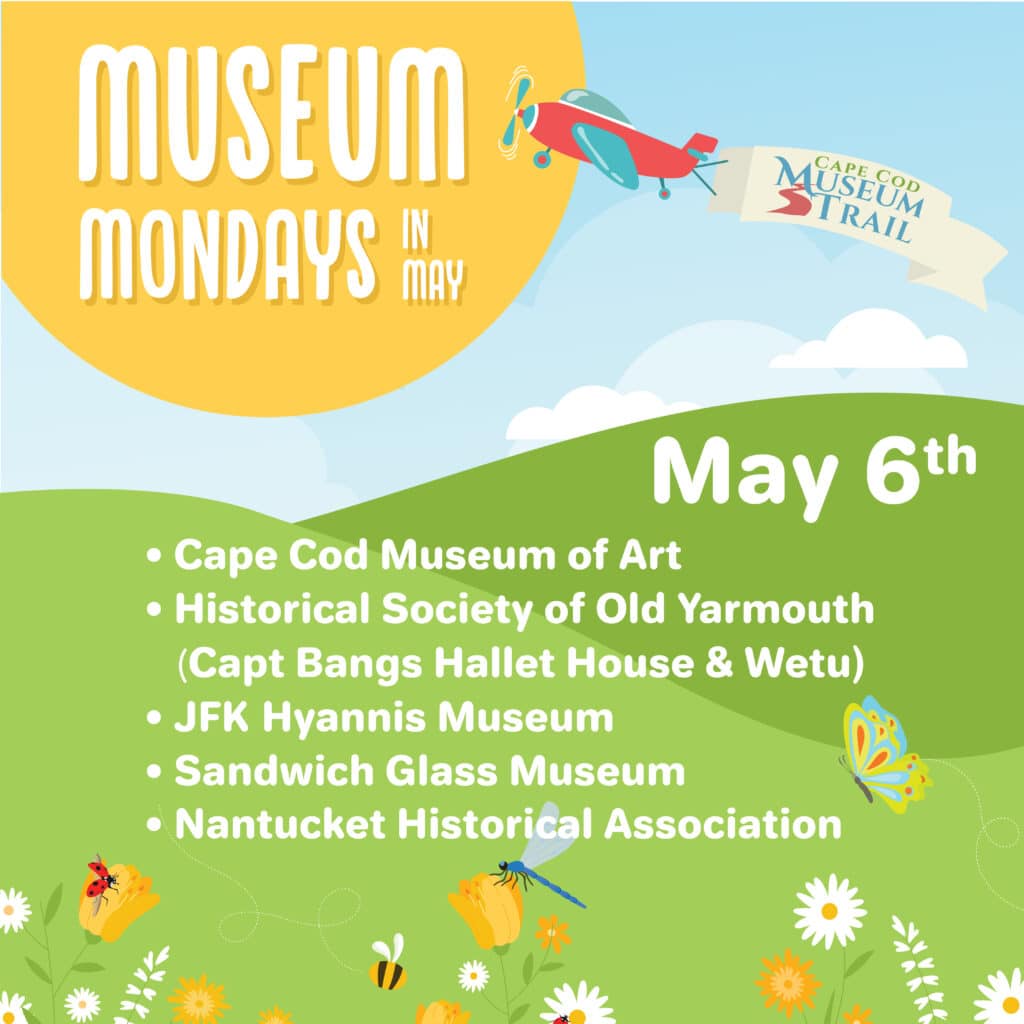
- This event has passed.
Harbor to Bay from the Permanent Collection
September 4, 2020 - September 13, 2020
For over a century, the bodies of water that surround Province-town have been a source of inspiration for artists and visitors alike. This exhibition brings together approximately 30 artworks in all media spanning decades that depict Provincetown Harbor or Provincetown Bay. In concert with the 400th anniversary of the first landing of the Pilgrims, below is a brief history of Provincetown Harbor culled from Wikipedia, the US Census and the Town of Provincetown.
On November 9, 1620, the Pilgrims aboard the Mayflower sighted Cape Cod while en route to the Colony of Virginia. After two days of failed attempts to sail south against the strong winter seas, they returned to the safety of the harbor, known today as Provincetown Harbor, and set anchor. It was here that the Mayflower Compact was drawn up and signed. They agreed to settle and build a self-governing community, and came ashore in the West End.
Though the Pilgrims chose to settle across the bay in Plymouth, Cape Cod enjoyed an early reputation for its valuable fishing grounds, and for its harbor: a naturally deep, protected basin that was considered the best along the coast. In 1654, the Governor of the Plymouth Colony purchased this land from the Chief of the Nausets, for a selling price of two brass kettles, six coats, 12 hoes, 12 axes, 12 knives and a box.
That land, which spanned from East Harbor (formerly, Pilgrim Lake)—near the present-day border between Provincetown and Truro—to Long Point, was kept for the benefit of Plymouth Colony, which began leasing fishing rights to roving fishermen. The collected fees were used to defray the costs of schools and other projects throughout the colony. In 1678, the fishing grounds were opened up to allow the inclusion of fishermen from the Massachusetts Bay Colony.
In 1692, a new Royal Charter combined the Plymouth and Massachusetts Bay colonies into the Province of Massachusetts Bay. “Cape Cod” was thus officially renamed the “Province Lands”. The first record of a municipal government with jurisdiction over the Province Lands was in 1714, with an Act that declared it the “Precinct of Cape Cod”, annexed under control of Truro.
On June 14, 1727, after harboring ships for more than a century, the Precinct of Cape Cod was incorporated as a township. The name chosen by its inhabitants was “Herringtown”, which was rejected by the Massachusetts General Court in favor of “Provincetown”. The act of incorporation provided that inhabitants of Provincetown could be land holders, but not land owners. They received a quit claim to their property, but the Province retained the title. The land was to be used as it had been from the beginning of the colony—a place for the making of fish. All resources, including the trees, could be used for that purpose. In 1893 the Massachusetts General Court changed the Town’s charter, giving the townspeople deeds to the properties they held, while still reserving unoccupied areas.
The town was affected by the American Revolution the same way most of Cape Cod was: the effective British blockade shut down most fish production and shipping and the town dwindled. It was, by happenstance, the location of the wreck of a British warship, HMS Somerset at the Peaked Hill Bars off the Atlantic Coast of Provincetown in 1778.
Following the American Revolution, Provincetown grew rapidly as a fishing and whaling center. The population was bolstered by numerous Portuguese sailors, many of whom were from the Azores, and settled in Provincetown after being hired to work on US ships.
Image: John Whorf, Boats in the Harbor, n.d., PAAM Collection, Gift of Norman and Dorothy E. Cook Collection, Gift of Dorothy E. Cook, 2000
For more information, click here.



